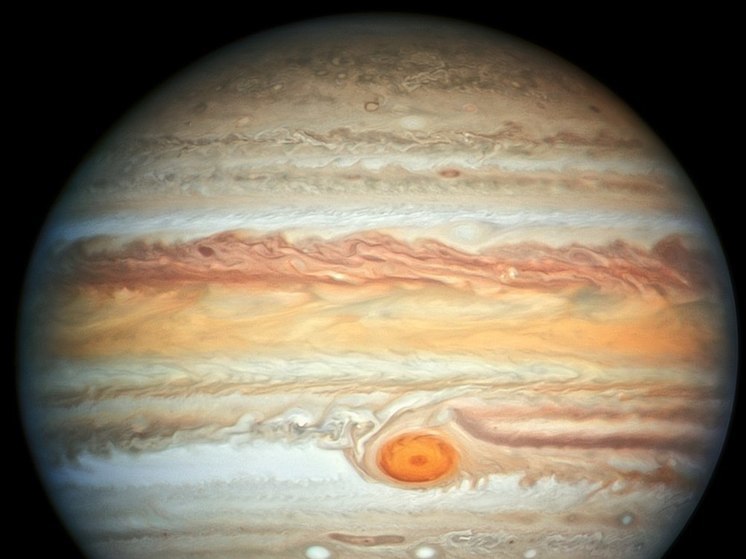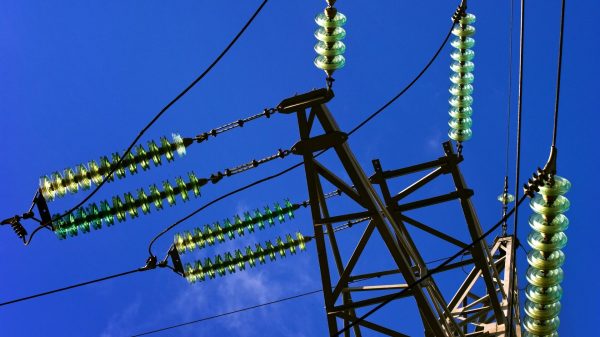Cosmic phenomenon younger than the United States
Scientists have determined the true age of Jupiter's Great Red Spot, discovering that the storm system is younger than the United States.

The massive vortex storm system was originally thought to have been discovered by astronomer Giovanni Domenico Cassini in 1665, but new research showed that this was not the most recent discovery.
This means that the Great Red Spot is about 190 years old since it was last recorded in 1831, writes the Daily Mail.
Researchers in Spain also found that the storm system is shrinking each year, shrinking from 24,200 miles wide when it was observed in 1879 to just 8,700 miles wide today, suggesting it may also one day disappear.
The researchers studied early observations dating back to Cassini's discovery, including his drawing of the celestial phenomenon, and used computer modeling to determine the age of the spot and how it materialized.
Cassini first observed the Great Red Spot in the 17th century, calling it a «permanent spot» that persisted until 1713, when astronomers could no longer detect it.
More than 100 years later, astronomers observed a similar storm in the same region, leading them to wonder whether it was the «permanent spot» or another one that had just happened to form in the same place.
«Based on size and motion measurements, we conclude that it is extremely unlikely that the current Great Red Spot was the 'Permanent Spot' observed by Cassini,» said Agustin Sánchez-Lavega, lead author of the study and a planetary scientist at the University of the Basque Country. in Bilbao, Spain.
'The Permanent Spot probably disappeared sometime between the mid-18th and 19th centuries, in which case we can now say that the Red Spot's lifespan exceeds 190 years,» he added.
NASA's Juno spacecraft, orbiting Jupiter since 2016, captured images of the spot that showed it to be shallow and sparse.
The findings suggest it was formed by a giant superstorm like those observed on Saturn, writes the Daily Mail.
Sandwiched between two jet streams, the Great Red Spot is an anticyclone orbiting a center of high atmospheric pressure caused by a superstorm, which causes it to rotate in the opposite direction of hurricanes on Earth, creating an anticyclone.
Strong winds at the site stir up chemicals in the upper layer, such as ammonia ice particles, which, when exposed to sunlight, give it a red hue.
More research is needed to understand why the Great Red Spot is shrinking over time. , and how it manages to stay in the same place for almost two centuries.
Scientists hope to eventually understand whether the spot will disintegrate and disappear once it shrinks to a certain size, or whether it will reach a point where it becomes stable, allowing it to persist for decades.
“It was very motivating and inspiring to refer to the notes and drawings about Jupiter and its permanent location made by the great astronomer Giovanni Domenico Cassini, as well as his articles from the second half of the 17th century describing this phenomenon, Sanchez-Lavega said. “Other scientists before us have studied these observations, and now we have a quantitative assessment of the results.”
























































Свежие комментарии